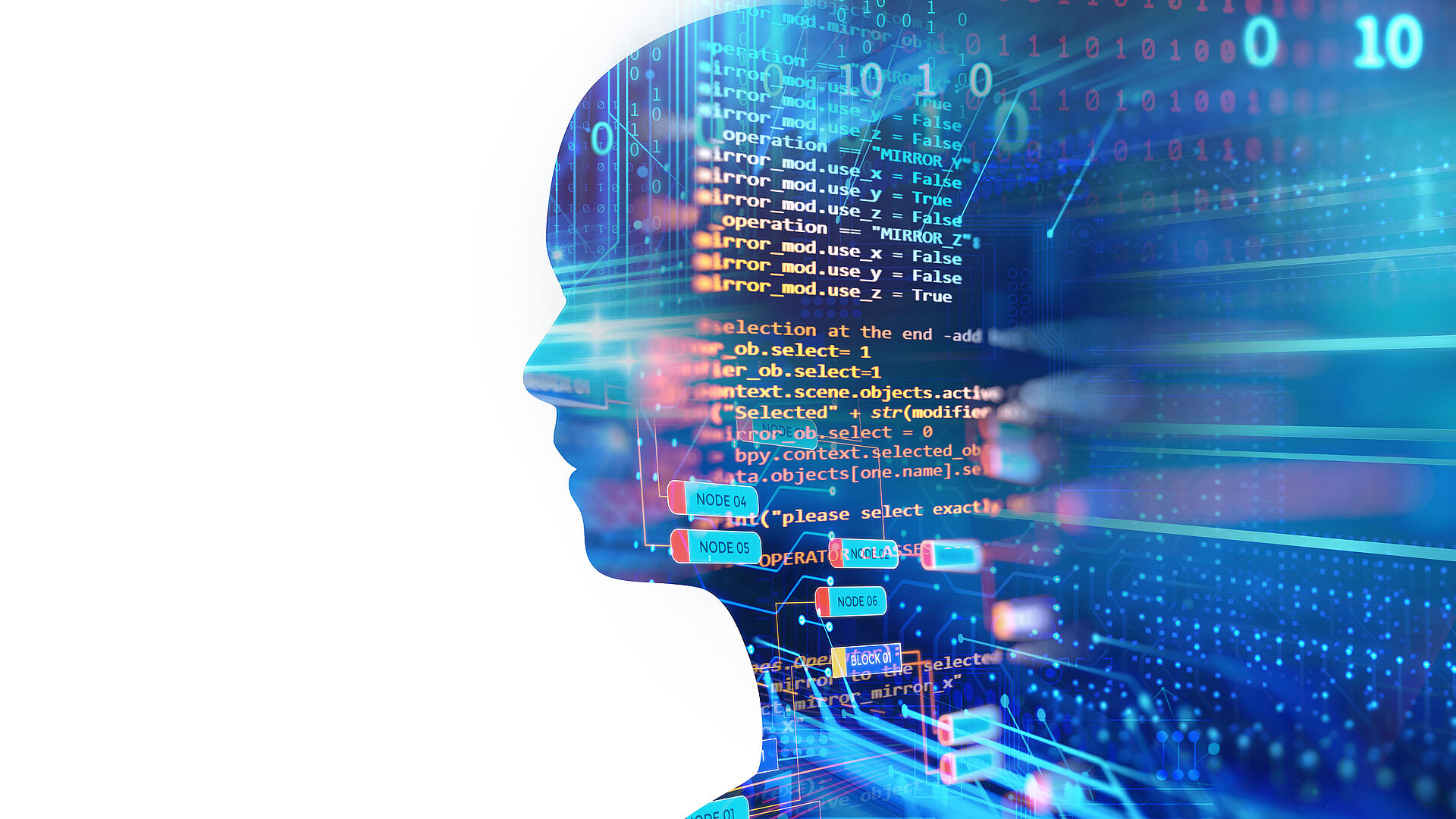Goals
Experts from the fields of public health nutrition, VR/AR software engineering, gamification and social psychology are working together in the project to develop an immersive learning environment that combines nutritional and psychological information with new technologies.
In concrete terms, this should look like this, for example: Pupils can visit a virtual supermarket using VR glasses and play through an authentic shopping experience. Which foods do I choose first? Which packaging do I choose and how do social norms influence my eating behaviour? Once the students have considered these questions while shopping, they are given tips on healthier and more sustainable alternatives that take their individual preferences into account. This includes logos such as the Nutri-Score and various seals as well as further information.
With its interdisciplinary approach, SMART-EAT aims to impart skills and meaningful behaviour and decision-making patterns for a personalised, sustainable and healthy diet. The aim is to make healthier and more sustainable purchasing decisions the next time you visit the supermarket in real life.
Motivation
The way we eat has far-reaching effects on the environment, biodiversity and climate, and not least on our health and well-being. An unbalanced diet often leads to obesity and diet-related diseases - a serious problem in Germany from childhood onwards. This is why the German government's nutrition strategy covers all age groups, but pays particular attention to children and young people, as their eating habits have a formative effect on their long-term health.
Food has an important social function in childhood and adolescence, which also has a short and long-term effect on individual well-being. Young people often orientate themselves towards the social norms of their peers and favour pleasure-oriented eating, which means that healthy eating is often seen as "less enjoyable" and is therefore rejected.
A sustainable transformation of the food system is necessary to respect planetary boundaries. In the face of high emissions from agriculture, food should be healthy, ecologically sound and socially just. Our food environments often make it difficult to eat healthily - especially for children and young people. To make it easier for them to make healthy and sustainable choices, we need more than just consumer information: They need to develop skills and helpful decision-making habits.
Innovations & perspectives
Innovative digital methods are being used in the project to support the selection of healthy and sustainable food. In VR, for example, eye tracking, gamification and nudging, i.e. the gentle control of behaviour through subtle incentives, will help to positively influence food choices.
Playful learning should also allow pupils to immerse themselves in virtual worlds together, for example at a joint cookery evening. Here they can think together about what they want to cook, what food they want to buy for it and then prepare it interactively. The shared experience in the group should also increase learning efficiency and effectiveness. The young people should also be able to design the learning environments themselves.
While students in VR are completely immersed in virtual settings such as supermarkets, restaurants or canteens without having any connection to the outside world, AR is merely an extension of reality. For example, users receive digital information about certain foods via their smartphone. The aim is to consolidate knowledge from nutrition education in everyday life.
The VR/AR applications should not only benefit pupils. They also open up new perspectives for teacher training. In order for the applications to be easily integrated into lessons, even pupils and teachers with little programming experience should be able to create and edit their own virtual, interactive learning spaces. Therefore, an important goal of the project is to make them as simple and intuitive as possible.
